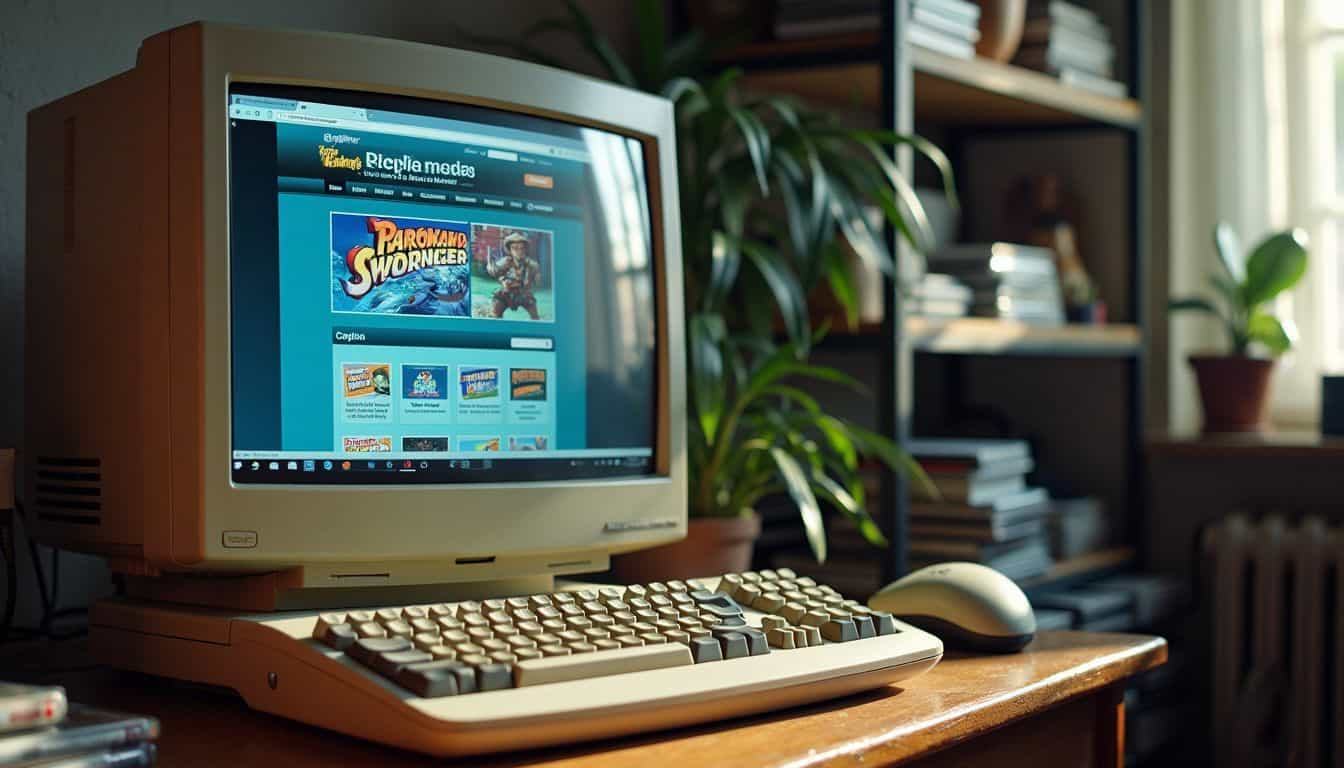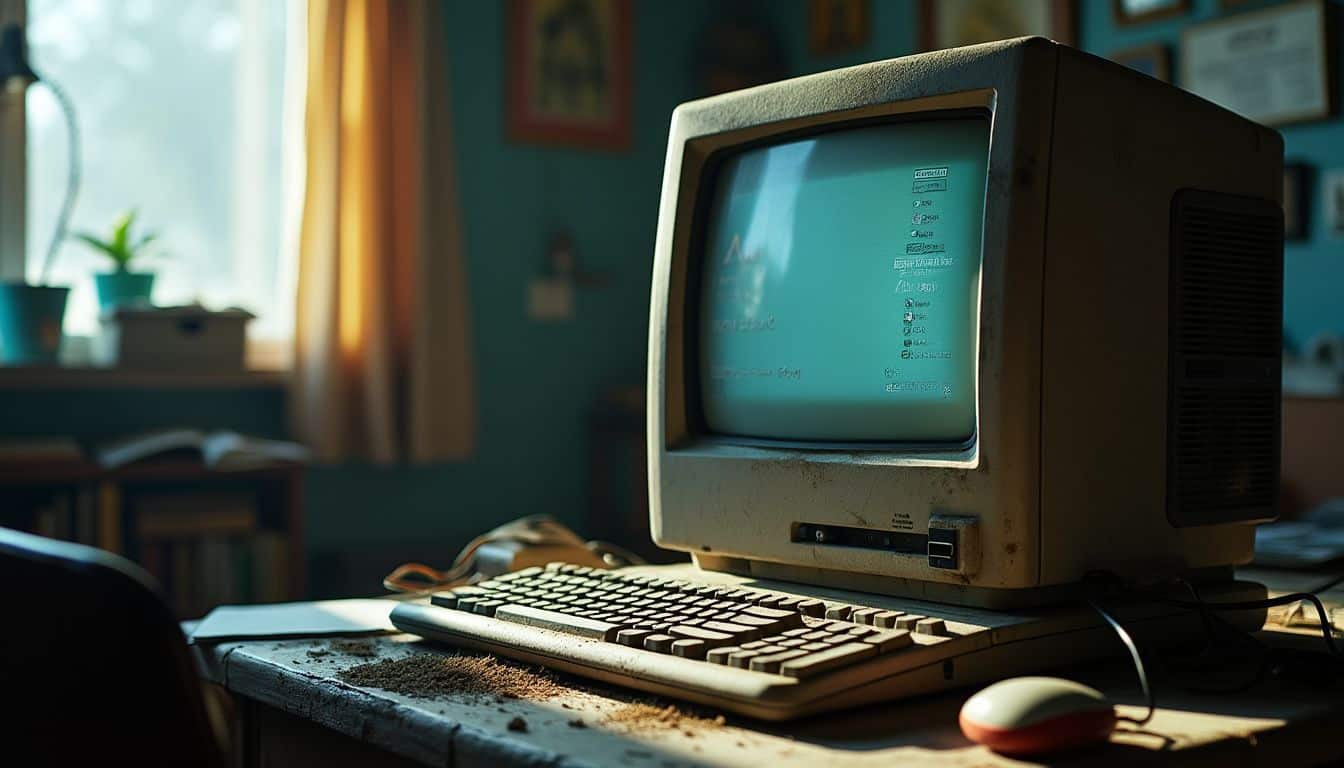Hey, remember Flash games? You’re probably curious about what happened to them. Flash Player ruled online multimedia for 20 years. This article will take you through the ups and downs of Flash games.
Get ready – it’s gonna be a bumpy ride!
Key Takeaways
Flash games ruled online gaming from the late 1990s to early 2000s, offering free, easy-to-play games in web browsers.
Security issues plagued Flash, with over 1,500 vulnerabilities making it a target for hackers.
HTML5 and other modern technologies replaced Flash, offering safer and more flexible options for web-based games and apps.
Adobe ended support for Flash in 2021, forcing indie game developers to adapt or quit.
The shift to HTML5, WebGL, and WebAssembly allowed for cross-platform games that work on phones, tablets, and computers without plugins.
Table of Contents
The Popularity and Growth of Flash Games

Flash games took the internet by storm in the early 2000s. They were easy to play, free, and didn’t need fancy computers – just a web browser and a dream.
Beginnings of Browser-Based Gaming
 Browser-based gaming kicked off in the late ’90s. It was a wild time! Folks were just starting to get comfy with the internet. Suddenly, we could play games right in our web browsers.
Browser-based gaming kicked off in the late ’90s. It was a wild time! Folks were just starting to get comfy with the internet. Suddenly, we could play games right in our web browsers.
No need for fancy consoles or pricey software. Just click and play!
These early games were simple but fun. Check out JetX – it’s a modern game that feels like those classic browser games. Back then, we had stuff like Tic-Tac-Toe and basic puzzles.
But things changed fast. By the early 2000s, Flash games were all the rage. Platforms like Newgrounds and Armor Games popped up. They gave us tons of free games to play. It was awesome!
Flash games were the gateway drug to gaming for an entire generation. – Anonymous gamer
Dominance of the Flash Platform

Flash games took over the internet like wildfire. They were easy to make and fun to play. Billions of people clicked and enjoyed these games on countless websites. It was a golden age for indie developers.
They could create games without big studios backing them. Some whipped up games in just days or weeks. Flash let anyone with a cool idea bring it to life quickly.
The platform’s power lay in its simplicity. You didn’t need fancy gear or deep pockets to make a hit. Just a computer and some creativity. This led to an explosion of unique games.
From simple puzzles to complex adventures, Flash had it all. It democratized game-making, giving rise to a whole new breed of creators. The internet became a playground, and Flash was the sandbox everyone wanted to play in.
Reasons for the Decline of Flash

Flash’s downfall wasn’t sudden – it was a slow burn. Security holes and better tech options spelled trouble for the once-king of online games.
Concerns Over Security Vulnerabilities

Flash had a big problem – it was full of holes. Hackers loved it. They could sneak into your computer through these gaps. Over 1,500 serious security issues popped up during Flash’s life.
That’s a lot!
Flash was like Swiss cheese for hackers.
The government even got worried. They warned people about Flash’s dangers. In 2015, bad guys used something called the Angler Exploit Kit to attack Flash users. It was scary stuff.
No wonder Adobe pulled the plug on Flash in 2021. They couldn’t patch all those leaks fast enough.
Advancements in Safer, Flexible Technologies

Tech giants saw the writing on the wall. Flash had security holes big enough to drive a truck through. So they cooked up new ways to make web games and apps. HTML5 burst onto the scene, flexing its muscles without needing any extra plugins.
It was like Flash 2.0, but safer and more flexible.
Browsers got smarter too. They started baking in cool features that used to need Flash. Video streaming? Check. Fancy graphics? Double check. Even Facebook jumped on board, moving hundreds of games to HTML5 in 2017.
It was a game-changer… literally. As these safer options took off, Flash’s days were numbered. Let’s dive into how this shift affected indie game makers.
Effects of Flash Discontinuation

Flash’s end hit indie game makers hard. It pushed a big move to HTML5 and newer tech for web games.
Consequences for Indie Game Developers

Flash’s end hit indie game makers hard. Many cool games vanished overnight. Developers lost their main way to share creations. Some had to learn new tech, which took time and cash.
It’s like their canvas got ripped away. Indie folks who loved making quirky Flash games suddenly faced a tough choice: adapt or quit.
This shake-up changed how indie devs work. Some moved to mobile apps or gaming as a hobby. Others tried new web tech like HTML5.
But it wasn’t easy. Flash games were simple to make and share. New platforms often need more skills and money. This made it harder for newbies to break in. Next up, we’ll look at how the industry shifted to HTML5 and other modern tools.
Shift Toward HTML5 and Modern Frameworks

HTML5 swooped in to save the day when Flash bit the dust. It’s like the cool new kid on the block – safer, faster, and works on all devices. Game makers quickly jumped ship, ditching Flash for this shiny new tech.
According to geek culture and technology blog Geek Extreme, HTML5 games are now the norm. They run smoothly on phones, tablets, and computers without extra plugins.
But HTML5 isn’t the only player in town. WebGL and WebAssembly joined the party, bringing 3D graphics and speedy performance to web games. These tools let developers create games that look and feel like the ones you’d download from app stores.
It’s a win-win – gamers get awesome browser games, and developers can reach more players without building separate apps for each device.
People Also Ask
What caused the downfall of Flash games?
Can I still play my favorite Flash games somewhere?
How did Flash games impact the gaming world?
What replaced Flash for online gaming?
Were there any attempts to save Flash?
How did the end of Flash affect websites beyond gaming?
References
https://www.youtube.com/watch?v=KTwmmUEwqjo
https://en.wikipedia.org/wiki/Browser_game
https://www.flashgamehistory.com/
https://www.wired.com/story/history-of-macromedia-flash/ (2019-09-18)
https://www.darkreading.com/cyber-risk/7-infamous-moments-in-adobe-flashs-security-history
https://www.linkedin.com/pulse/rise-fall-adobe-flash-story-innovation-obsolescence-patary-sf5jc
https://medium.com/@tali.scheer/here-today-gone-in-a-flash-d6e6cbc5c3e2
https://crumgames.fandom.com/wiki/Discontinuation_of_Adobe_Flash (2024-07-29)
https://shaggydev.com/2024/05/15/flash-development/ (2024-05-15)
https://www.gomolearning.com/blog/elearning-technology/moving-from-flash-to-html5/ (2020-01-28)
https://www.coconut.co/articles/html5-vs-flash-the-end-of-an-era-and-a-new-dawn

